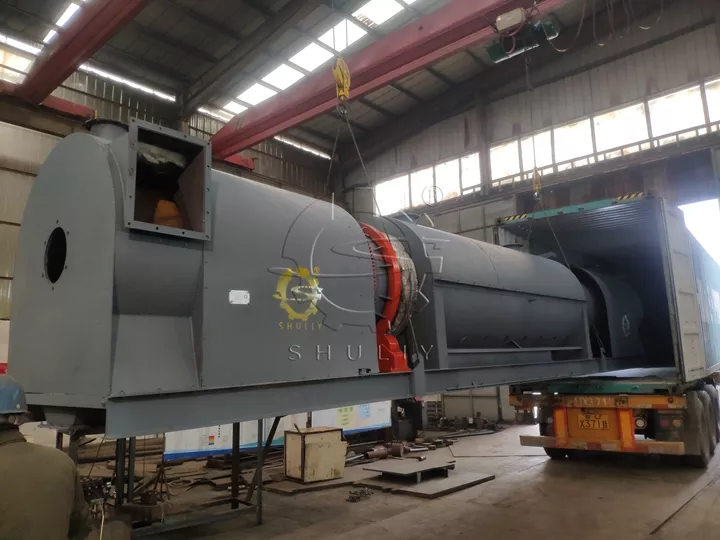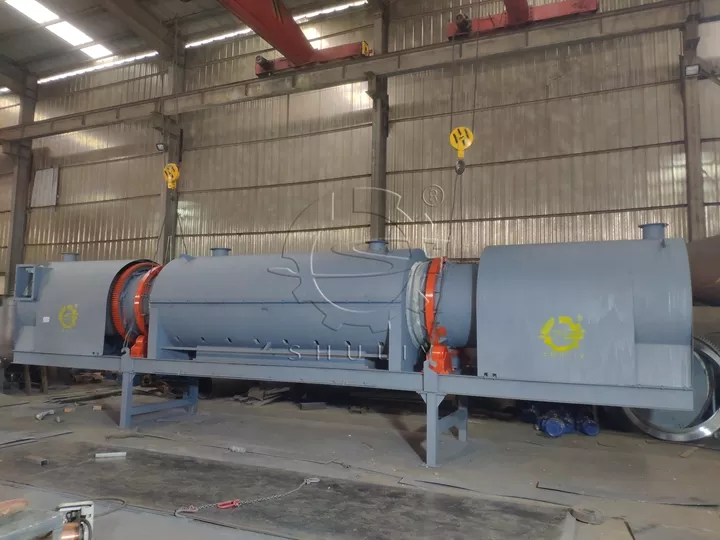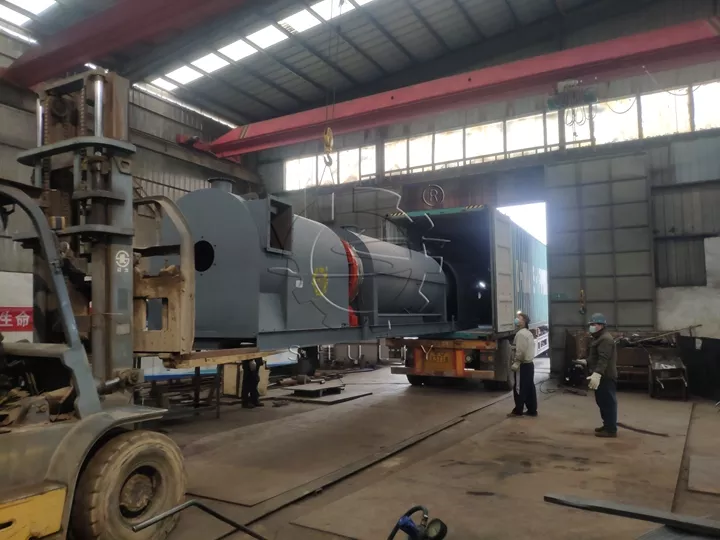Shuliy Successfully Ships Continuous Carbonization Furnace to Nigeria
Recently, our company successfully shipped a continuous charcoal carbonization furnace to Nigeria with advanced energy technology. All this marks another breakthrough for us in the field of sustainable energy, and at the same time provides an efficient and clean wood biomass carbonization solution for our Nigerian customers.


Background Information About Customer
The customer of this order is a Nigerian company that is actively involved in environmental protection and is committed to the development and application of clean energy.
With the continuous pursuit of sustainable development, they decided to introduce a continuous charring furnace to improve productivity and provide better control over the quality of the wood biomass char produced.
Why Choose Shuliy Charcoal Carbonization Furnace
This continuous charcoal carbonization furnace has several outstanding features that make it ideal for use in clean energy production:
- Efficient Energy Conversion: Advanced carbonization technology is used to efficiently convert woody biomass into clean energy.
- Continuous Operation: 24/7 continuous operation is possible, ensuring stable and predictable production.
- Environmentally Sustainable: Minimizes the impact on the environment and achieves sustainable production through the recovery of waste heat during the carbonization process.
Display at Loading Site
Before shipment, our professional team carefully checked and tested every detail to ensure the machine was safe and undamaged during transportation. A live demonstration of the entire loading process shows the efficient organization and professionalism of our team.


Customer Feedback
Nigerian customers expressed high satisfaction with our continuous charring furnace. They particularly emphasized the high efficiency and ease of operation of the equipment, which they believe will provide strong support for their company’s development in the field of clean energy.
The customer representative said, “This charring furnace not only improves our production efficiency but also gives new impetus to our environmental protection goals.”
